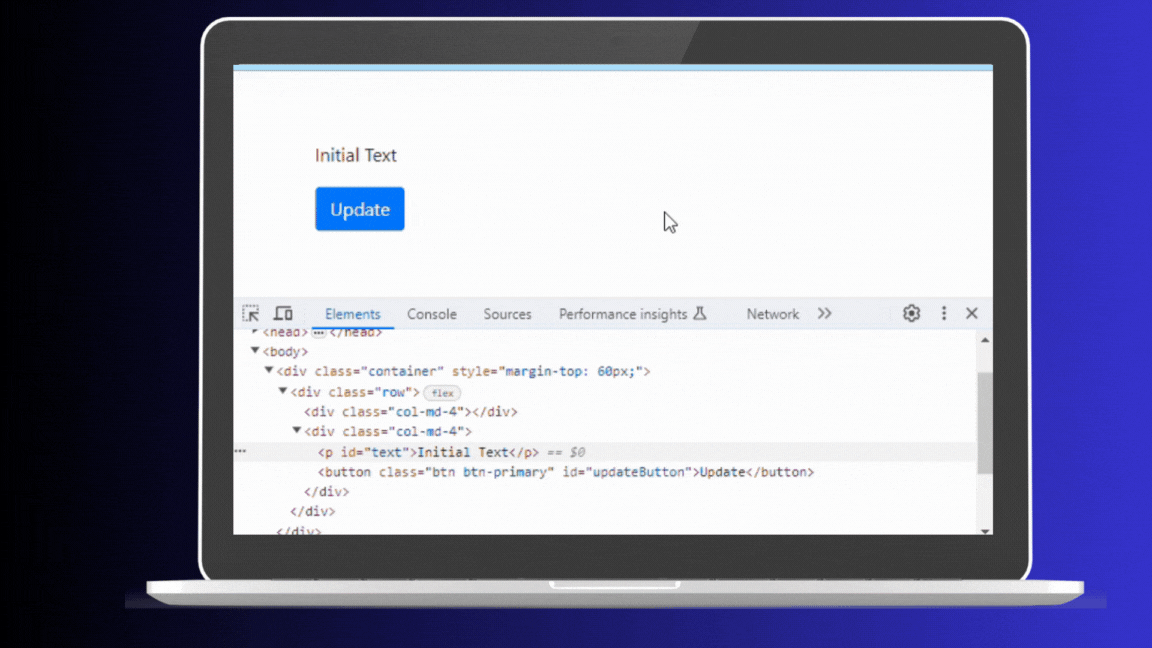開源日報每天推薦一個 GitHub 優質開源項目和一篇精選英文科技或編程文章原文,堅持閱讀《開源日報》,保持每日學習的好習慣。
今日推薦開源項目:《Outfit Anyone》
今日推薦英文原文:《How I Answered 「What is Virtual DOM in React?」 in My Interview 🤔》

開源項目
今日推薦開源項目:《Outfit Anyone》傳送門:項目鏈接
阿里ai大模型通義實驗室XR的研究成果 :Outfit Anyone

基於AIGC給modal穿上自定義服裝,目前仍處於開發階段,可以嘗嘗鮮
英文原文
今日推薦英文原文:How I Answered 「What is Virtual DOM in React?」 in My Interview 🤔
經典面試題: react的虛擬dom是如何工作的,非常實用
How I Answered 「What is Virtual DOM in React?」 in My Interview 🤔
Introduction 🚀
When I was asked about the Virtual DOM in React during an interview, I realized it』s a fundamental concept that often confuses beginners. Understanding the Virtual DOM is crucial for React developers as it is the foundation of React』s high performance and efficient rendering process, enabling the creation of dynamic and responsive user interfaces with minimal impact on browser performance.
In this blog, I』ll share how I explained it in simple terms, along with a practical example.
Understanding the Virtual DOM 🌱
The Virtual DOM is a core concept in React that significantly enhances the performance and efficiency of web applications. It』s a lightweight representation of the actual DOM (Document Object Model) in memory. The key difference between the Virtual DOM and the Real DOM is in their updating process. The Real DOM updates are slow and inefficient, especially with large applications or frequent changes, leading to performance issues.
React uses this Virtual DOM to enable a smooth user experience. Here』s how it works: Whenever there』s a change in a component』s state, React first reflects this change in the Virtual DOM. Then, instead of updating the Real DOM immediately, React employs a Diffing algorithm. This algorithm compares the updated Virtual DOM with a snapshot of the Virtual DOM before the update, effectively identifying exactly what changed.
This process, known as reconciliation, is where React shines. It updates the Real DOM based on these differences, doing so in the most efficient way possible. This minimizes direct manipulation of the Real DOM, which is a costly operation in terms of performance.
JavaScript updating: Real DOM Example 💡
<!DOCTYPE html>
<html>
<body>
<p id="text">Initial Text</p>
<button id="updateButton">Click Me</button>
<script> document.getElementById("updateButton").addEventListener("click",()=> {
document.getElementById("text").innerText = "Updated Text";
}); </script>
</body>
</html>In this HTML and JavaScript example, clicking the button changes the text of the paragraph to 「Updated Text.」 Each click triggers the update, and you can see these changes reflected in the browser』s Elements panel. This is because every update directly manipulates the Real DOM, even if the content being updated is the same.

Real Dom Updates
React Example: Updating Content with Virtual DOM 🧩
import React, { useState } from 'react';
function App() {
const [text, setText] = useState('Initial Text');
const handleClick = () => {
setText('Updated Text');
};
return (
<div>
<button onClick={handleClick}>Click Me</button>
<p>{text}</p>
</div>
);
}
export default App;In this updated example, we define a handleClick function in the component. When the button is clicked, this function is executed, which then calls setText to update the state. This is a common pattern in React for handling events. The outcome in terms of DOM updates remains the same as the previous example: React's Virtual DOM will only update the Real DOM on the first click, as subsequent clicks do not change the state (the text remains "Updated Text"). This demonstrates React's efficiency in handling DOM updates through its reconciliation process.

Virtual DOM in react
Conclusion ❤️
In this blog, we explored the Virtual DOM in React, a concept that might seem complex at first but is actually pretty straightforward once you understand it. Remember, the Virtual DOM is like a lightweight copy of the real web page you see in your browser. It helps React update what you see on screen quickly and efficiently, without slowing things down. This is super important for making websites that are fast and smooth. By using examples, we saw how React updates only what』s necessary, instead of changing everything, which is what makes it so special. Keep practicing and exploring React, and soon, the Virtual DOM will become a familiar friend in your journey as a web developer. Happy coding!
下載開源日報APP:https://openingsource.org/2579/
加入我們:https://openingsource.org/about/join/
關注我們:https://openingsource.org/about/love/
